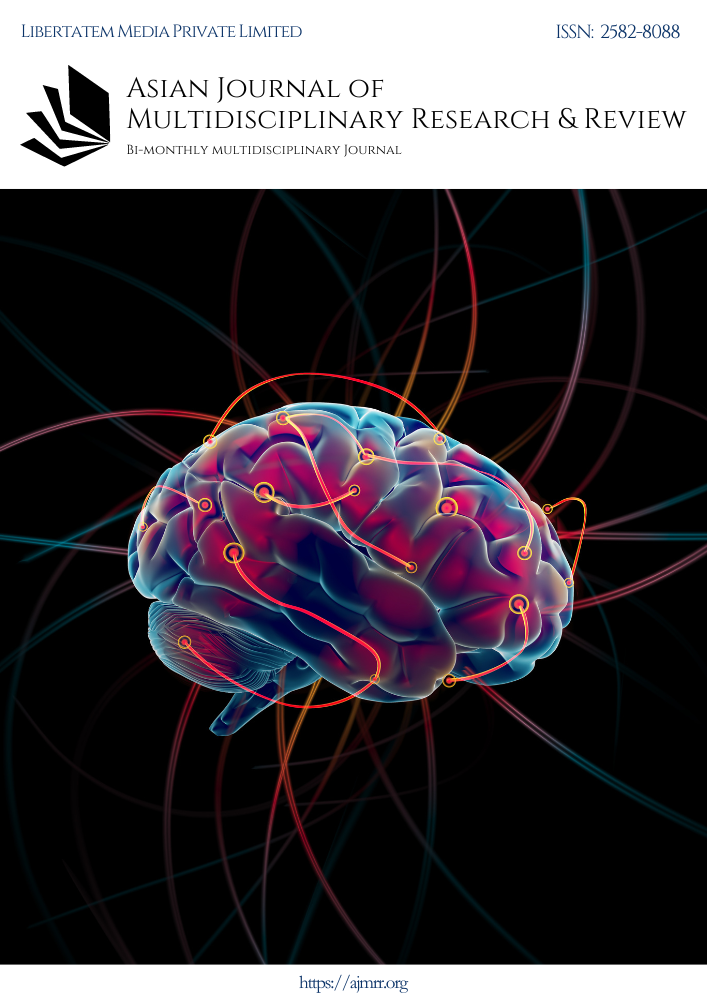INTERNATIONAL REGIME ON HUMAN RIGHTS SYSTEM FOR THE PROTECTION OF WOMEN’S RIGHT
Keywords:
UN CharterAbstract
The formation of the United Nations brought about the protection of International Human Rights. The United Nations in its bids to protect International human rights established mechanisms to address human rights issues. These mechanisms have played vital roles in the elimination, promotion and protection of women’s rights. However, in theory these mechanisms exist to address women’s rights issues but in reality the result has been less than the system’s expectations. This failure has raised concerns for the protection and enforcement of international regime on women’s rights.
The UN human rights system has also been actively involved in monitoring the core international human right treaties by state parties. The state parties that have ratified the treaties has an obligation to ensure the reform of discriminatory laws and practices; submit periodic reports to the treaty bodies which reviews State action including legislation and policies, reviewing States report on their compliance with international standard, visiting countries to carry out fact-finding, promoting human rights and making policy recommendations to States.
This article will give a better understanding of International regime on women’s rights through the working of the United Nations human rights mechanism that is categorized into charter based bodies and the treaty based bodies. These human rights mechanisms work together for the promotion and protection of women’s rights. However, despite the human rights instrument provisions to protect the rights of women, there are some challenges that may impede the enforcement of these rights. Therefore, this article has identified some of these challenges and will proffer solutions to these challenges.
Downloads
Downloads
Published
Issue
Section
License

This work is licensed under a Creative Commons Attribution-NonCommercial-ShareAlike 4.0 International License.
License Terms
Ownership and Licensing:
Authors of research papers submitted to the Asian Journal of Multidisciplinary Research & Review (AJMRR) retain the copyright of their work while granting the journal certain rights. Authors maintain ownership of the copyright and grant the journal a right of first publication. Simultaneously, authors agree to license their research papers under the Creative Commons Attribution-ShareAlike 4.0 International (CC BY-SA 4.0) License.
License Permissions:
Under the CC BY-SA 4.0 License, others are permitted to share and adapt the work, even for commercial purposes, as long as proper attribution is given to the authors and acknowledgment is made of the initial publication in the Asian Journal of Multidisciplinary Research & Review. This license allows for the broad dissemination and utilization of research papers.
Additional Distribution Arrangements:
Authors are free to enter into separate contractual arrangements for the non-exclusive distribution of the journal's published version of the work (e.g., posting it to institutional repositories or publishing it in books), provided they acknowledge the initial publication of the work in the Asian Journal of Multidisciplinary Research & Review.
Online Posting:
Authors are encouraged to share their work online (e.g., in institutional repositories or on personal websites) both prior to and during the submission process to the journal. This practice can lead to productive exchanges and greater citation of published work.
Responsibility and Liability:
Authors are responsible for ensuring that their research papers do not infringe upon the copyright, privacy, or other rights of any third party. The Asian Journal of Multidisciplinary Research & Review disclaims any liability or responsibility for any copyright infringement or violation of third-party rights in the research papers.



